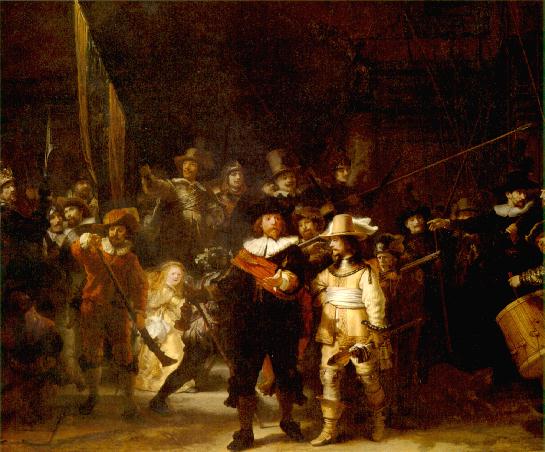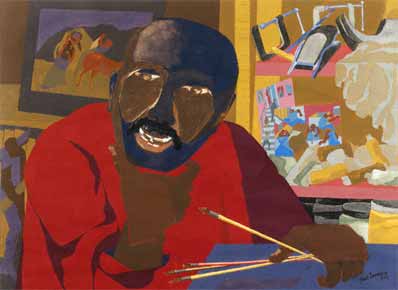Sunflowers 1996 by Anselm Kiefer 435 x 349 cm Guggenheim Bilbao
When you look at this painting, at first you just see a couple of tall sunflowers but after taking a closer look you can see that there are many sunflowers and they seem to all look dead. The edges of the flower appear old and cruppled like they're about to fall off. Once you see all the dead flowers drooping, you see a white figure at the bottom. This figure is the form of a body that has been burried. There is no face or distinct features on the body but it looks like the body of a man. The body is white and colorless almost like a ghost or a memory burried in the ground after it has dies. There is a leaf that lays over the body as if it is sheilding him from the world. All around this grave, sunflowers have grown.
Any unwanted plant is considered a weed and i think that that is what the artist was trying to show the viewer. The flowers aren't healthy and they are dying amongst the dead. They seem to be looking down over the dead body as if he was just burried. The sky is glooming and the plants are dead, representing sorrow or loss of someone of great meaning to the world. Much of his work was related to the Holocaust in Germany. This painting could either represent the Holocaust or just be linked to his ideas like death. I think this painting is amazing. The way the sky is drawn makes it look like a vintage a photo and I really enjoy looking at vintage photos.
Any unwanted plant is considered a weed and i think that that is what the artist was trying to show the viewer. The flowers aren't healthy and they are dying amongst the dead. They seem to be looking down over the dead body as if he was just burried. The sky is glooming and the plants are dead, representing sorrow or loss of someone of great meaning to the world. Much of his work was related to the Holocaust in Germany. This painting could either represent the Holocaust or just be linked to his ideas like death. I think this painting is amazing. The way the sky is drawn makes it look like a vintage a photo and I really enjoy looking at vintage photos.









